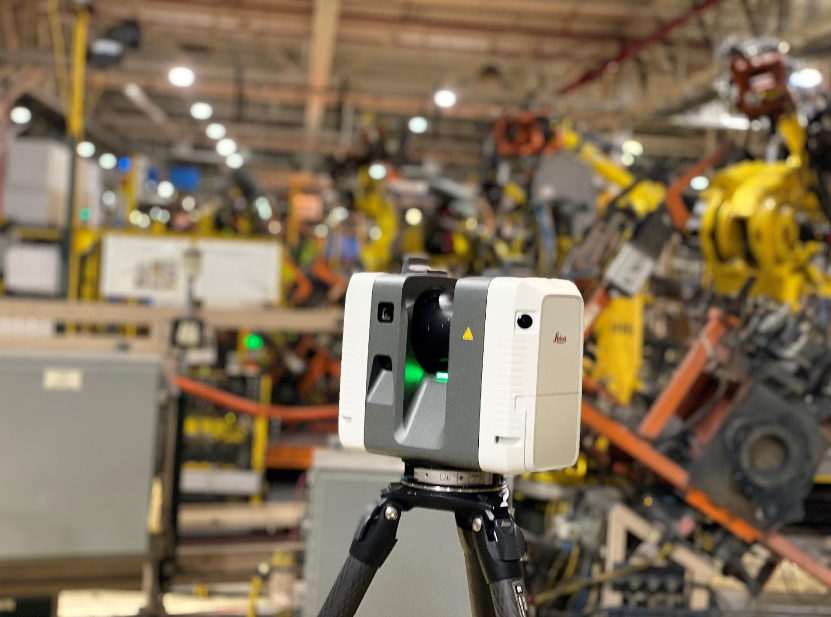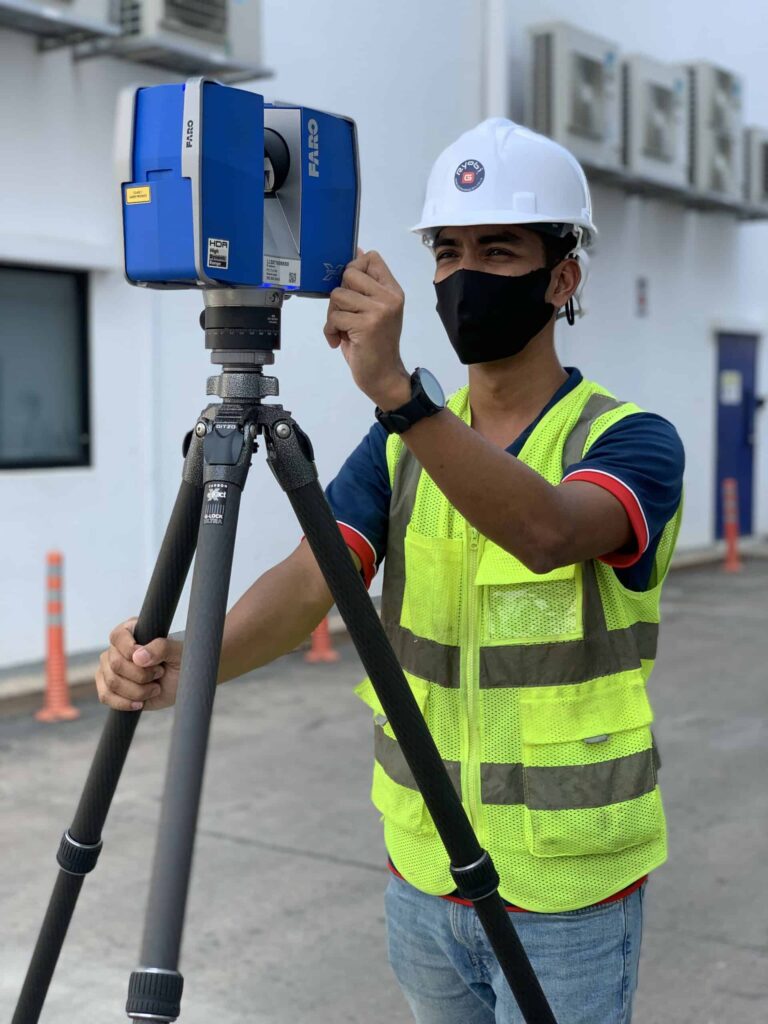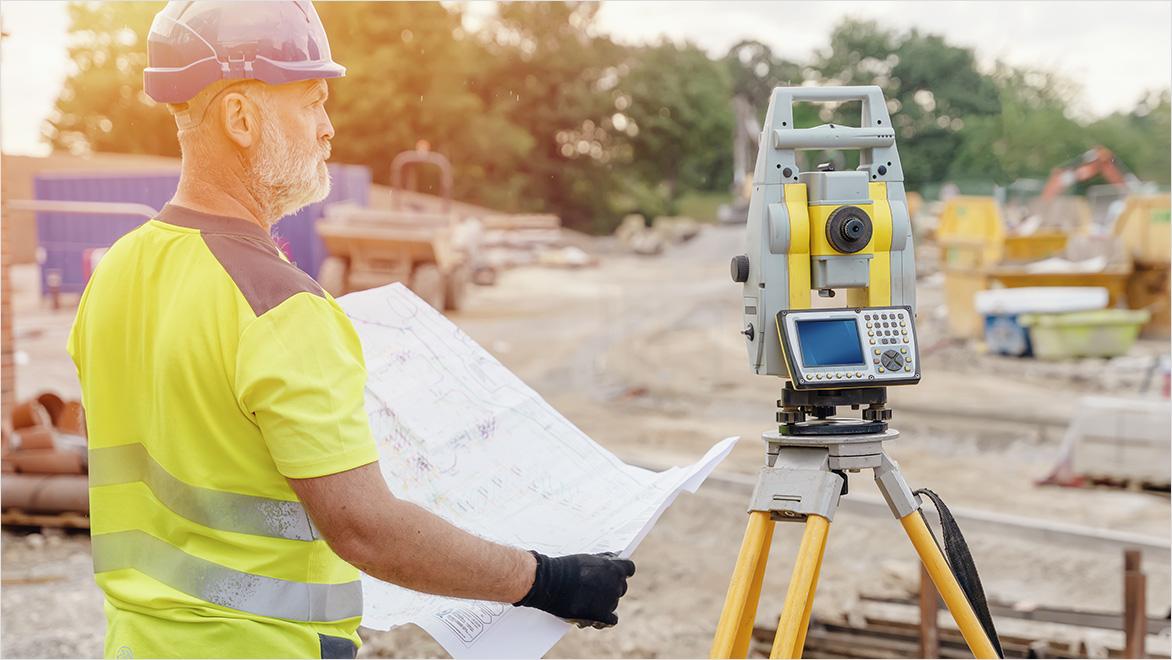Just How 3D Laser Scanning Reinvents Architectural Design and Construction Projects
3D laser scanning is changing the landscape of architectural design and building. This modern technology provides unparalleled accuracy in recording existing settings, which assists in far better project planning and implementation. It lowers mistakes while improving effectiveness in various phases of advancement. The effects for cooperation among engineers, engineers, and various other stakeholders are considerable. These advancements unlock to brand-new style possibilities and innovative solutions. What lies ahead for this evolving technology?
The Basics of 3D Laser Scanning Technology
3D laser scanning innovation might appear complex, its core concepts are transformative and simple for architectural design. This modern technology utilizes laser light beams to capture exact dimensions of physical structures, producing a detailed factor cloud that stands for the scanned setting. A laser scanner releases fast pulses of light, gauging the time it takes for the light to return, which enables the computation of distances with amazing accuracy.
The resulting factor cloud can be exchanged a 3D version, supplying engineers with very useful visual data. This model enables professionals to manipulate and analyze style components within their jobs, enabling innovative services and improved visualization. By utilizing 3D laser scanning, designers can better recognize the present conditions of a website, making sure that brand-new styles harmonize with their surroundings. This combination of modern technology into building style marks a considerable advancement, promoting creative thinking and accuracy in the area.

Enhancing Accuracy and Effectiveness in Architectural Projects
As architectural projects increasingly demand precision and speed, 3D laser scanning arises as a pivotal device in enhancing both precision and performance. This innovation records countless data factors in a short duration, developing exact and detailed 3D designs of existing structures. The capability to obtain accurate measurements decreases the risk of errors during the layout stage, enabling architects to visualize their projects with unrivaled clearness.
The fast information collection procedure lessens the time invested on-site, making it possible for teams to focus on analysis and layout renovations. With real-time data schedule, changes can be made swiftly, advertising an extra structured process. The integration of 3D laser scanning right into architectural techniques not only improves dimension accuracy but also improves the general project timeline, helping with quicker decision-making. In an industry where precision is critical, this modern technology stands as a transformative pressure, boosting the criteria of building layout and building and construction projects.
Enhancing Collaboration Amongst Stakeholders
While traditional architectural procedures frequently include fragmented communication among stakeholders, 3D laser scanning fosters an extra natural joint setting. By giving specific, high-resolution data, this technology permits designers, contractors, designers, and customers to operate from a unified factor of referral. The comprehensive visualizations generated with laser scanning get rid of uncertainties and misinterpretations, making sure that all celebrations have accessibility to the same info.
This transparency boosts decision-making and motivates prompt responses, as stakeholders can quickly visualize design components and spatial relationships. Furthermore, the assimilation of 3D scanning data into Building Details Modeling (BIM) platforms better improves partnership, permitting real-time updates and modifications. Such seamless communication not only minimizes problems yet additionally increases task timelines, as all stakeholders stay aligned throughout the design and building phases. Eventually, 3D laser scanning changes traditional workflows into an extra effective and collaborative procedure, benefiting all events included.
Unlocking Imaginative Opportunities in Style
By allowing designers to visualize complicated intricate information and spatial connections, 3D laser scanning discloses innovative possibilities in style. This modern technology permits exact mapping of existing environments, enabling designers to explore cutting-edge principles that i loved this could have previously seemed not practical. With very accurate data, designers can explore unusual forms and materials, pressing the limits of standard architecture.
Moreover, the combination of 3D laser scanning into the layout process promotes cooperation amongst multidisciplinary teams, motivating the exchange of concepts and improving creativity. The comprehensive visualizations produced by this technology not just aid in recognizing prospective design difficulties but likewise motivate solutions that might not have been thought about. Consequently, designers can produce extra vibrant and appealing spaces that reverberate with customers while satisfying practical needs. Ultimately, 3D laser scanning transforms the building landscape, encouraging developers to recognize their visions with extraordinary accuracy and creative thinking.
The Future of 3D Laser Scanning in Architecture and Construction
The combination of 3D laser scanning right into architectural style not just improves creative thinking however likewise sets the phase for its developing function in the future of architecture and building and construction. As modern technology advancements, the precision and performance of laser scanning will certainly remain to improve, enabling engineers and builders to develop much more complicated designs with accuracy - 3D Scanning. Making use of this innovation in real-time information collection will help with far better decision-making, minimizing errors and simplifying process
Future applications may consist of virtual and augmented truth integrations, allowing stakeholders to envision jobs in immersive environments. On top of that, as sustainability becomes a concern, 3D laser scanning will certainly support the advancement of energy-efficient designs by providing detailed insights into existing frameworks. As partnership among various techniques comes to be even more essential, the capability to share precise 3D versions will certainly foster innovation and enhance job end results. Eventually, 3D laser scanning will redefine requirements in architectural style and building practices.
Often Asked Questions
What Is the Price of Applying 3D Laser Scanning Modern Technology?

For how long Does a Normal 3D Laser Scanning Task Take?
A common 3D laser scanning job can take anywhere from a few hours to numerous days, relying on variables such as the task's dimension, complexity, wikipedia reference and the degree of information needed for exact information capture.
What Types of Projects Benefit Many From 3D Laser Scanning?
3D laser scanning benefits various projects, specifically massive constructions, historic remediations, and complex improvements. It boosts accuracy in dimensions, minimizes mistakes, and gives thorough data essential for reliable preparation and implementation in architectural style and construction.

Exist Details Software Application Programs Required for 3D Laser Scans?
Yes, specific software program programs are necessary for processing 3D laser scans. 3D Scanning. Popular options consist of Autodesk Wrap-up, Faro Scene, and Leica Cyclone, each offering unique features tailored for examining and visualizing scanned information successfully in various jobs
Just How Does 3D Laser Scanning Influence Environmental Sustainability in Construction?
3D laser scanning enhances ecological sustainability in construction by reducing product waste, allowing specific measurements, and advertising effective resource usage. This technology enables for far better preparation, lowering the environmental footprint of building and construction projects through read improved precision and effectiveness.
3D laser scanning is changing the landscape of building design and construction. 3D laser scanning technology may seem facility, its core principles are transformative and straightforward for building style. By making it possible for engineers to imagine complicated complex information and spatial partnerships, 3D laser scanning exposes innovative possibilities in design. The assimilation of 3D laser scanning into the style procedure fosters partnership amongst multidisciplinary groups, encouraging the exchange of ideas and boosting creative thinking. The integration of 3D laser scanning into architectural layout not just enhances imagination but also sets the phase for its progressing duty in the future of style and building and construction.